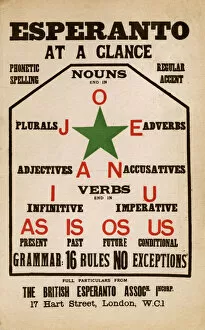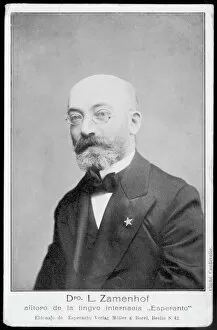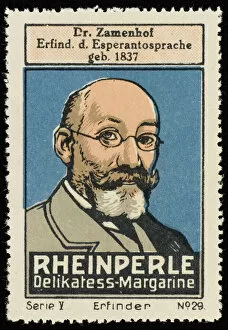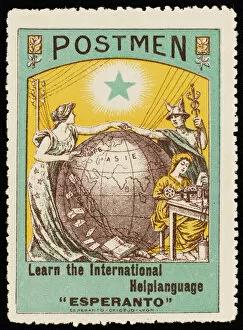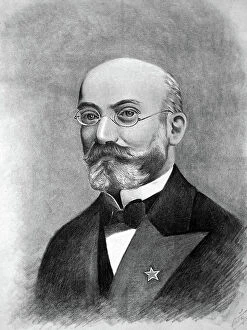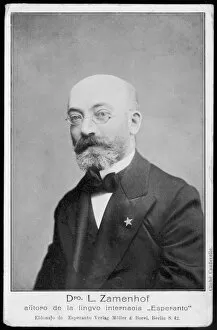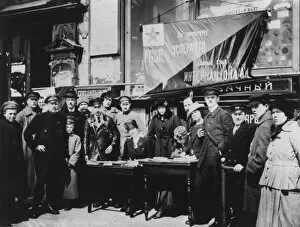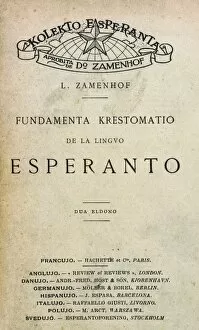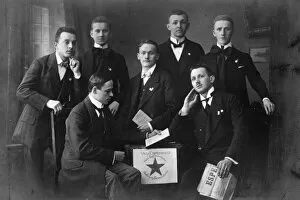Esperanto Collection
Esperanto: Language of Unity and Hope At a glance, Esperanto captivates with its unique blend of simplicity and universality
For sale as Licensed Images
Choose your image, Select your licence and Download the media
Esperanto: Language of Unity and Hope At a glance, Esperanto captivates with its unique blend of simplicity and universality. Created by Ludwik Lejzer Zamenhof, also known as the "Esperanto Man, " this constructed language aims to bridge cultural gaps and foster global understanding. Zamenhof's vision for Esperanto took shape in 1887 when he published his first book on the subject. Since then, it has gained recognition worldwide, symbolized by an Esperanto stamp featuring Zamenhof himself. This Polish inventor's black-and-white photo portrays his dedication to creating a universal language that transcends borders. The Bible's first page translated into Esperanto in 1956 showcases the language's versatility and adaptability across various texts. It highlights how they are be embraced as a tool for communication among diverse communities. In Russia, queues forming for Esperanto courses demonstrate its enduring popularity as people eagerly seek to learn this international auxiliary language. The flag representing Esperanto further emphasizes its inclusive nature, uniting speakers from different backgrounds under one linguistic banner. An advertisement promoting writing machines in Esperanto underscores its practicality beyond mere conversation. As businesses recognize the value of reaching multilingual audiences, they embrace this versatile language as a means of effective communication. "The Hope, " or "La Espero" in Esperanto, serves as an anthem embodying the aspirations tied to this remarkable linguistic creation. Through these words set to music, hope resonates within every speaker who embraces unity through shared understanding.

